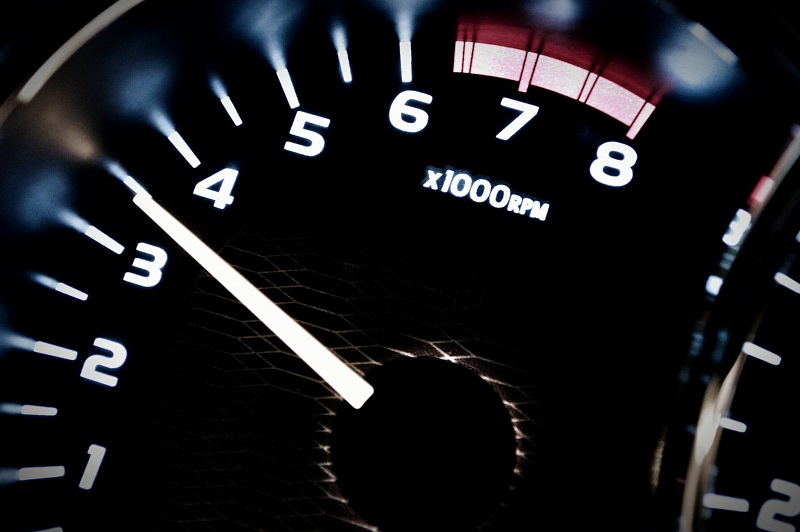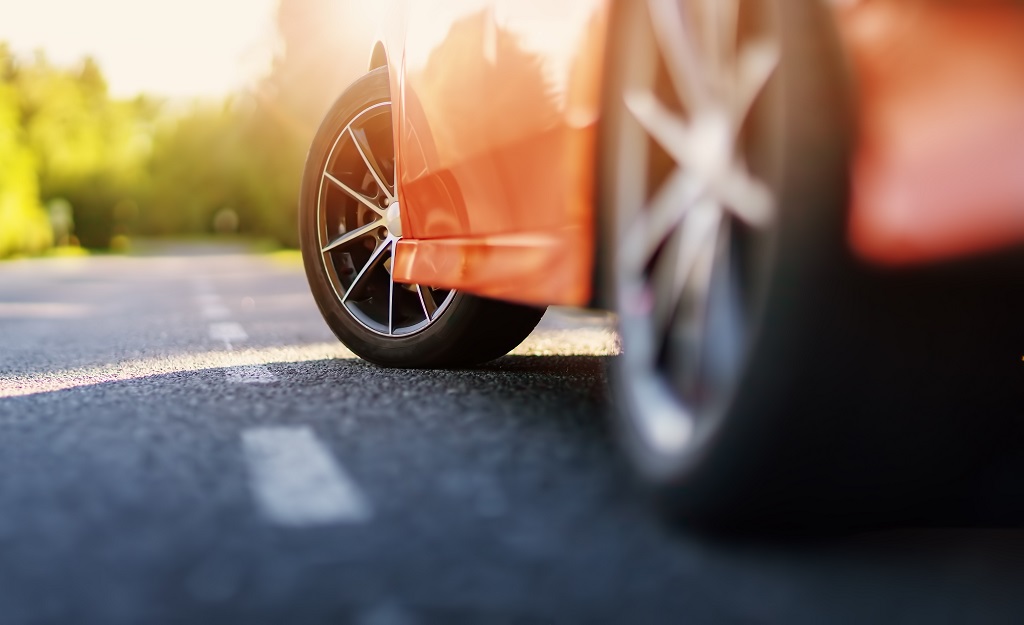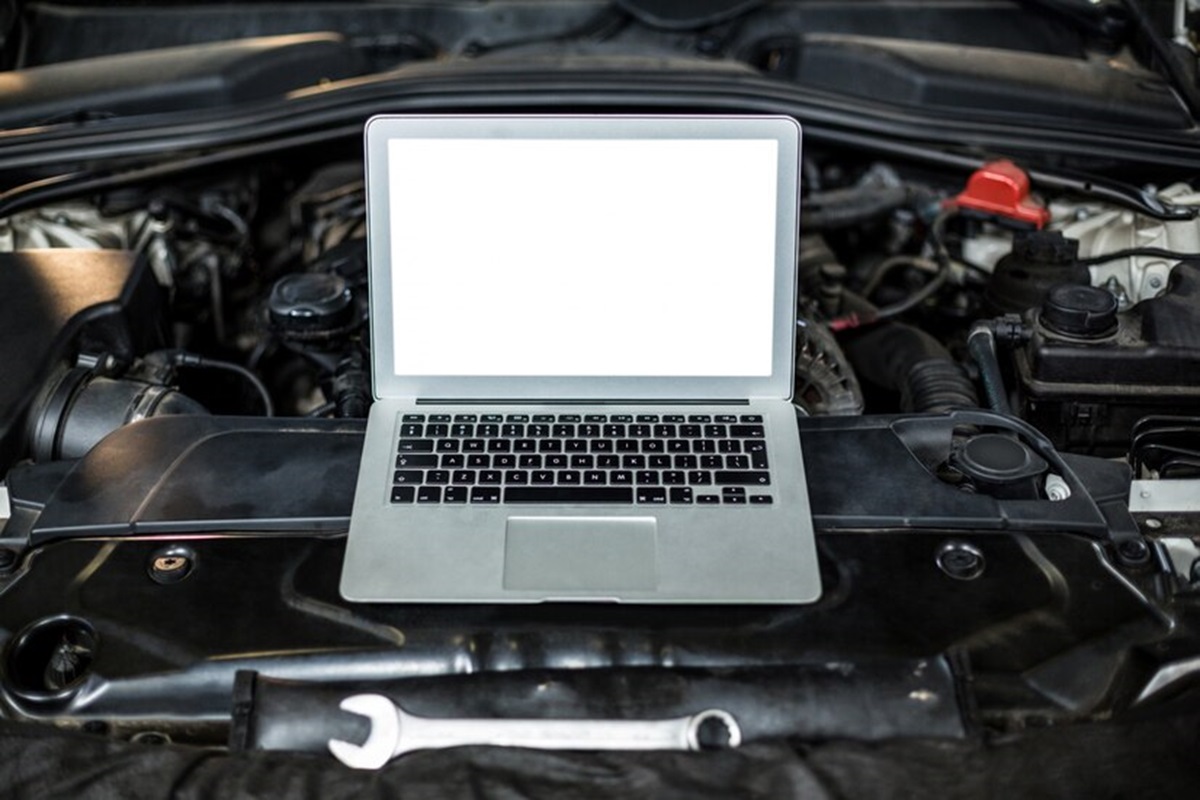Hey there, fellow car enthusiast! Have you ever wondered how the RPM (Revolutions Per Minute) of your car’s engine can make all the difference in your driving experience? Well, you’re in the right place! In this article, we’re going to dive deep into the world of RPM and explore how it affects your car’s performance in a way that even your grandma could understand. So, grab a cup of coffee, get comfy, and let’s rev up this discussion!
What is RPM Anyway?
Let’s start with the basics, shall we? RPM stands for Revolutions Per Minute, and it’s a measurement of how many times your car’s engine’s crankshaft completes a full rotation in a minute. Think of it as your engine’s heartbeat – the faster it beats, the more power your car can potentially produce.
RPM and Power: A Love Story
Alright, picture this: you’re at a red light, and as soon as it turns green, you want to accelerate like a pro drag racer. What do you do? You stomp on that gas pedal! But here’s the kicker: for your car to zoom forward like a rocket, it needs to generate enough power, and RPM plays a vital role in that.
Higher RPM = More Power: When you step on the gas pedal and your engine’s RPM rises, it’s like unleashing a beast. The engine sucks in more air and fuel, ignites it, and generates more power to push your car forward. It’s like having a superhero under your hood, ready to spring into action!
Lower RPM = Fuel Efficiency: On the flip side, if you’re cruising down the highway at a steady speed, your RPM is lower. This means your engine is working more efficiently, sipping on fuel like it’s a fine wine. Lower RPM is your car’s way of saying, “I’m just chilling, no need to guzzle gas right now.”
Shifting Gears: The RPM Dance
Now, you might be thinking, “But what about shifting gears?” Ah, my friend, shifting gears is like a carefully choreographed dance between you and your car’s engine.
Upshifting: When you accelerate and reach higher RPMs, your car’s transmission will shift to a higher gear. This is like your car saying, “Okay, we’ve got enough speed and power now; let’s cruise efficiently.” It’s akin to a cyclist switching to a higher gear when going downhill.
Downshifting: Conversely, when you slow down or need a burst of power, your car downshifts to a lower gear. This increases your RPM and provides more torque – that’s the force that gets your car moving. It’s like a weightlifter shifting to a lower gear to lift a heavier weight.
The Sweet Spot: Where Power Meets Efficiency
So, what’s the ideal RPM for the best performance? Well, it’s a bit like finding the perfect balance between relaxation and excitement. Imagine you’re at a party – you want to have a good time, but not so much that you end up exhausted, right?
The Sweet Spot: Your car has a sweet spot, too – it’s usually in the mid-range of RPM, where you get a good mix of power and efficiency. Think of it as the Goldilocks zone. Too high an RPM, and you’re wasting fuel; too low, and you’re not tapping into your engine’s full potential.
Going All Out: High RPM and Redline
Now, let’s talk about redline – that ominous red section on your tachometer. It’s like the forbidden fruit of RPM. When you push your RPM into the redline, you’re pushing your engine to its absolute limits.
High RPM = Maximum Power: When you’re aiming for top speed or making a dramatic overtake on the highway, you might find yourself approaching the redline. Your engine is in full beast mode, producing maximum power. It’s like your car is saying, “Hold on tight; we’re going on a wild ride!”
But Beware: While it’s exhilarating to ride the redline, doing it for extended periods can put a lot of stress on your engine. It’s like running a marathon at full sprint – you’ll finish strong, but it’s not sustainable.
How RPM Affects Different Driving Styles
Now, let’s break down how RPM impacts various driving scenarios:
- City Driving: In stop-and-go traffic, you’ll often find yourself at a lower RPM. This is great for fuel efficiency and reduces wear and tear on your engine. It’s like maintaining a steady jog during a casual stroll through the park.
- Highway Cruising: On the open road, your RPM tends to be in the mid-range. Your engine is happy, and you’re covering long distances with ease. It’s like settling into a comfortable pace during a road trip.
- Spirited Driving: When you’re in the mood for some spirited driving, you’ll push the RPM higher, especially when cornering or overtaking. Your car responds with a surge of power, making you feel like a race car driver.
- Track Days: If you’re lucky enough to hit the racetrack, you’ll be flirting with the redline as you aim for top speeds and quick lap times. Just remember, it’s a short burst of intensity, not a marathon.
FAQs
Now, let’s tackle some of those burning questions you might have about RPM and car performance.
- Does a higher RPM always mean more power?
- Not necessarily. While higher RPM can generate more power, it’s not a one-size-fits-all solution. The right RPM depends on your driving situation.
- Can high RPM damage my engine?
- Yes, constantly running at high RPM, especially in the redline, can put excessive stress on your engine and lead to premature wear. It’s best to use high RPM judiciously.
- Is it bad to downshift frequently?
- Downshifting is a normal part of driving and can actually be beneficial when you need more power, like during overtaking. Just don’t abuse it excessively.
- What’s the ideal RPM for fuel efficiency?
- The ideal RPM for fuel efficiency typically falls in the mid-range, but it also depends on your car’s make and model. Refer to your owner’s manual for specific recommendations.
- Can I damage my car by hitting the redline once in a while?
- Occasional trips to the redline won’t harm your engine, but making it a habit can lead to accelerated wear and tear. Reserve it for special moments.
Final Thoughts
So, there you have it – RPM, the heartbeat of your car, has a profound impact on its performance. Whether you’re cruising on the highway or unleashing the full power of your engine on the track, understanding how RPM works can help you make the most out of your driving experience.
Just remember, like any good relationship, it’s all about balance. Treat your car right, find that sweet spot, and you’ll have a harmonious and high-performing partnership that’ll take you on countless adventures. So, go out there, hit the road, and enjoy the RPM symphony that is your car’s performance!






